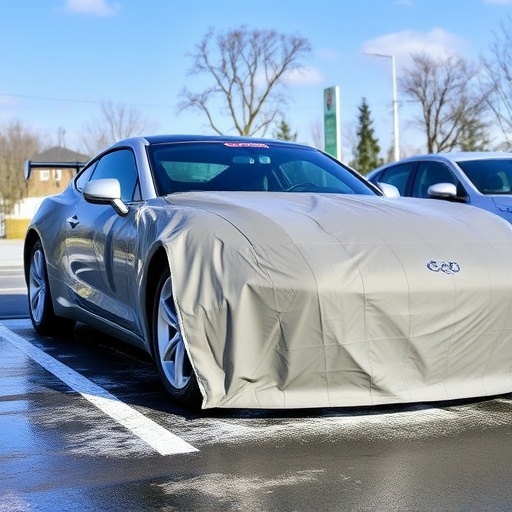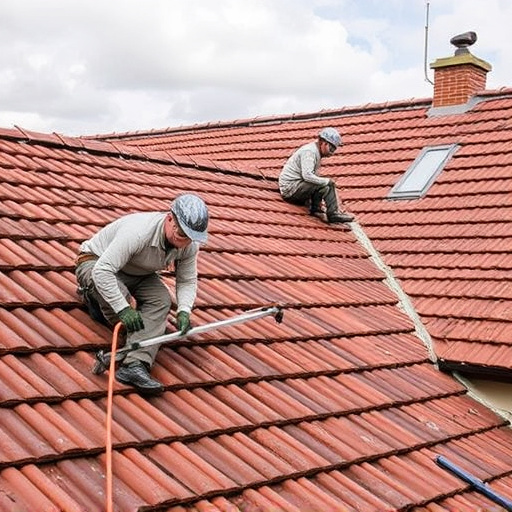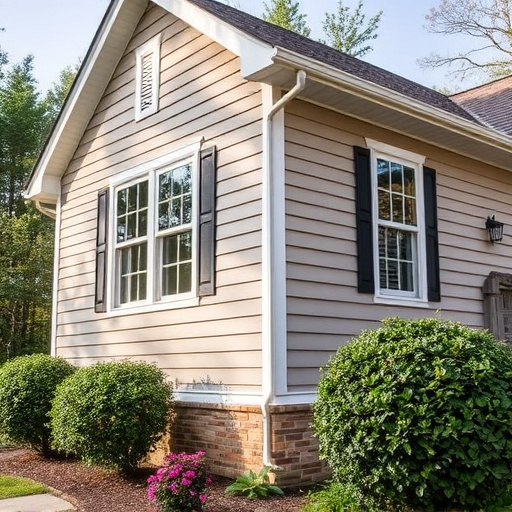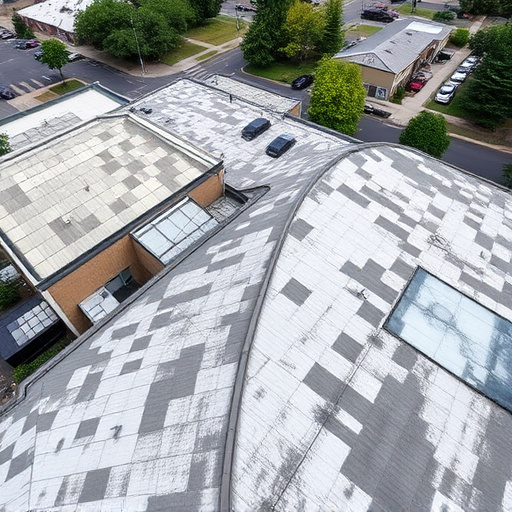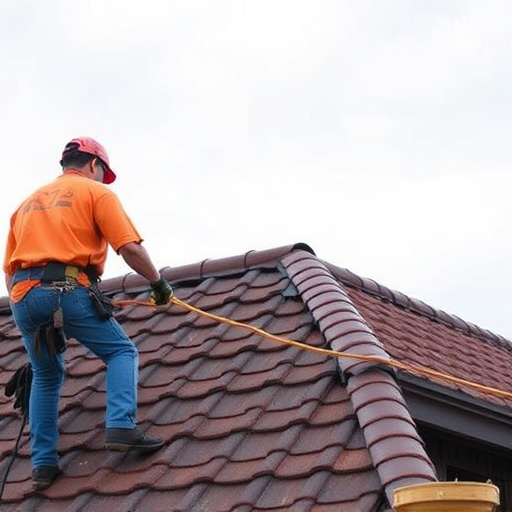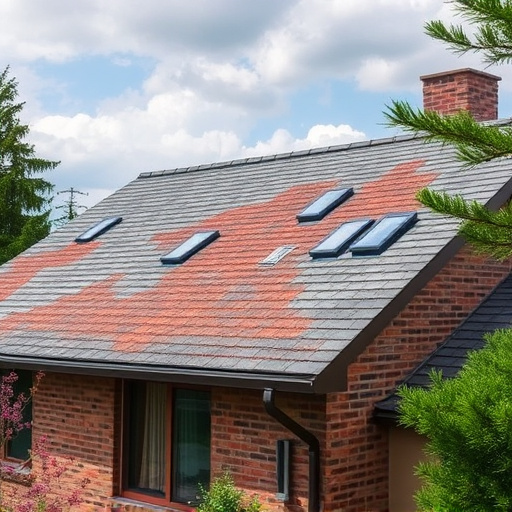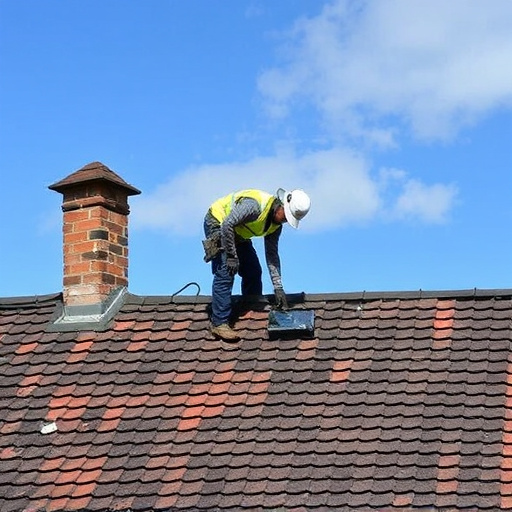Roof contractors must select climate-resistant materials, such as impact-resistant shingles or metal roofing, to ensure durability and longevity in diverse weather conditions, like intense sun, blizzards, or heavy rain. Staying informed about industry trends and local building codes is crucial for safety standards and optimal performance tailored to specific climates, ultimately delivering high-quality installations that meet client expectations.
As a roof contractor, navigating harsh climates demands specialized skills and materials to ensure durable, long-lasting roofs. This article equips you with essential tips for thriving in extreme conditions. We explore choosing the right materials designed to withstand snow, ice, high winds, and intense heat, emphasizing insulation and vapor barriers. Learn efficient installation techniques tailored to diverse environments, and discover maintenance strategies to identify and prevent climate-related roof issues, ensuring your clients’ peace of mind.
- Choosing the Right Materials for Extreme Conditions
- – Understanding climate-specific roofing needs
- – Selecting durable materials resistant to harsh weather
Choosing the Right Materials for Extreme Conditions
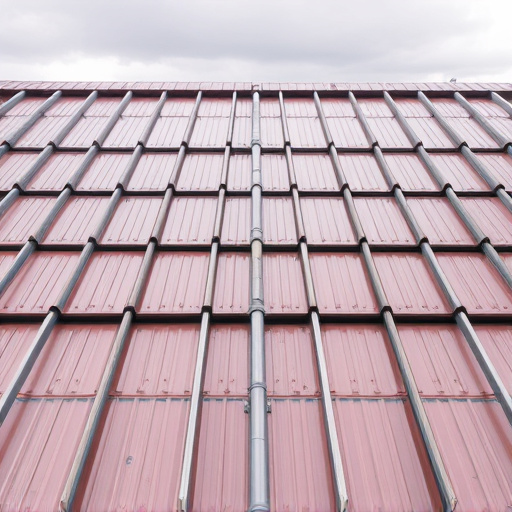
When it comes to roof contractor work in harsh climates, selecting appropriate materials is paramount for both durability and longevity. Extreme conditions, whether it’s relentless sun exposure, blizzards, or heavy rainfall, demand materials that can withstand these challenges. For residential siding and commercial roofing projects alike, opting for high-quality, climate-resistant options is a roof contractor’s best bet. This might include choosing impact-resistant shingles designed to protect against flying debris in stormy weather or selecting metal roofing materials capable of withstanding extreme temperatures without warping or cracking.
Additionally, considering materials that offer superior insulation properties can be beneficial for energy efficiency and indoor comfort. In colder climates, insulating roofs can prevent heat loss, while in hotter regions, reflective coatings on metals or specialized shingles can help keep homes cool. A roof contractor should stay updated with industry trends and local building codes to ensure the chosen materials align with safety standards and offer optimal performance in their specific climate conditions.
– Understanding climate-specific roofing needs
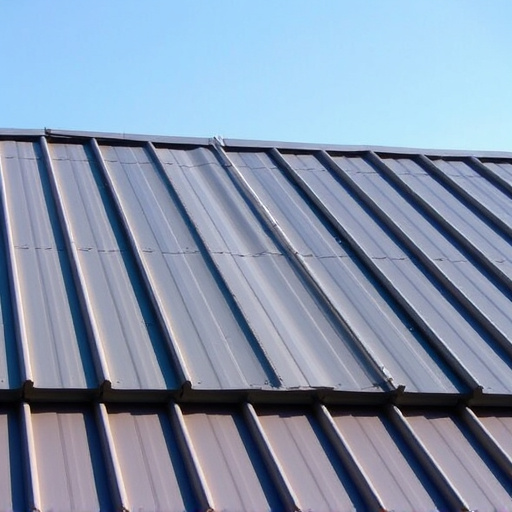
When it comes to roof contracting, understanding climate-specific needs is paramount for ensuring durability and longevity of a structure’s roof. Different regions face distinct weather patterns, from extreme heat and storms in arid climates to heavy snowfall and freezing temperatures in colder areas. Professional roofers must adapt their techniques and materials accordingly to withstand these varied conditions. For instance, in regions prone to harsh storms, impact-resistant shingles or metal roofing might be recommended over traditional options for better protection against flying debris and high winds.
For both residential (home exterior services) and commercial (commercial roofing) projects alike, a skilled roof contractor should consider the unique challenges posed by local climates. This may involve using specific underlayments to protect against moisture in humid areas or selecting materials that offer superior insulation in colder climates to reduce energy costs. By tailoring their approaches to these factors, professionals can deliver top-quality installations that not only meet but exceed client expectations for years to come.
– Selecting durable materials resistant to harsh weather
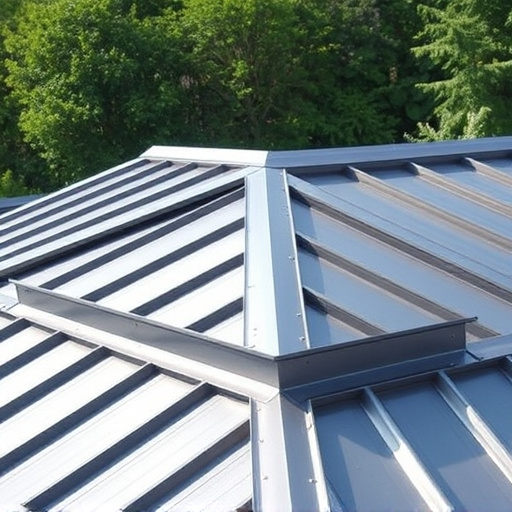
When it comes to navigating harsh climates, a roof contractor’s choice of materials is paramount. Opting for durable roofing solutions that can withstand extreme weather conditions ensures the longevity and integrity of any structure. Asphalt shingles, long considered a standard in residential areas, offer an affordable and relatively low-maintenance option known for its resistance to wind, rain, and even some level of hail damage.
For commercial siding or more demanding environments, metal roofing has gained popularity. Its robust nature makes it immune to the ravages of intense sun rays, heavy rainfall, and snow, providing excellent protection. Additionally, modern metal roofing technologies offer a wide array of styles and colors, ensuring esthetic appeal while maintaining structural integrity. This is especially crucial for roof contractors looking to deliver high-quality home service solutions in challenging climates.
When a roof contractor faces harsh climates, prioritizing the right materials is key. By understanding specific regional challenges and selecting robust, climate-resistant options, professionals can ensure durable and long-lasting roofs. This proactive approach not only protects properties but also saves time and costs in the long run, making it a vital consideration for any roof contractor navigating challenging weather conditions.







